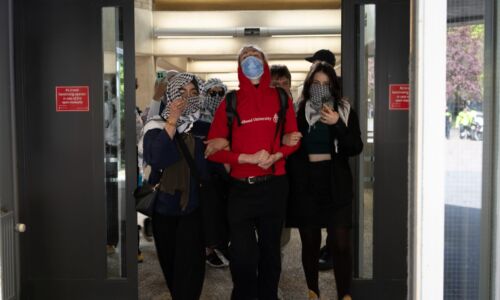Starting in September, the university plans to open the doors of the Latin School to the city
-
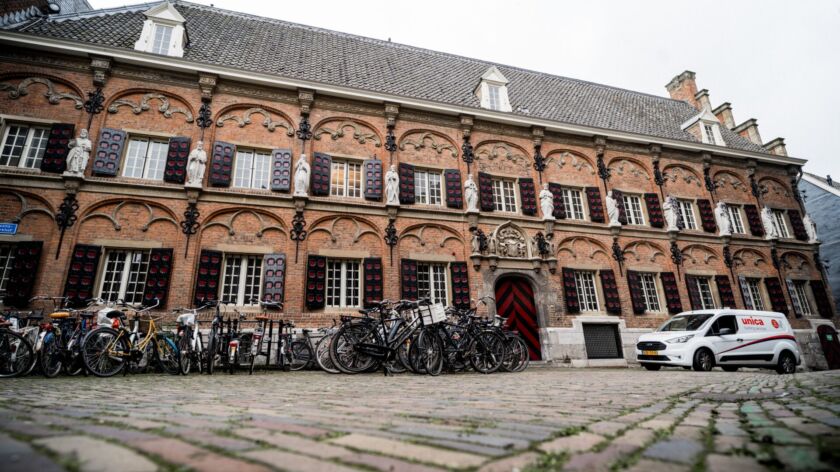 De Latijnse School. Foto: Johannes Fiebig
De Latijnse School. Foto: Johannes Fiebig
Radboud University will be moving into the Latin School in September. This will give the university a prominent location right in the city centre. The commission of the listed building has been a long time coming; the building still needs a lot of work.
Last October, mayor Hubert Bruls was a guest at Radboud University’s centenary celebrations, and he did not come empty-handed. On behalf of the municipality of Nijmegen, he brought three gifts: a collection of old books, a medal of honour, and an old school building.
‘We are not going to purchase furniture’
The latter was the Latin School, a national monument opposite the Stevenskerk. The idea was that the university could use it for a year and a half, starting at the beginning of this calendar year.
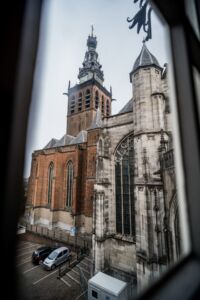
When the festivities were over, moving into the Latin School proved to be a bit of a hassle. The building dates back to the 16th century and was last renovated in 1975. There is no hot water and no Wi-Fi, and the building is not accessible to people with reduced mobility.
That is why the university and municipality entered into talks. The outcome is that the municipality, as owner of the building, will make the entrance of the building wheelchair-accessible and build a toilet for people with disabilities. The renovations should be done by September 1st, when the university will get the keys to the old school building.
Ready for use
The university itself will also get to work in the coming period. Particularly installing the IT facilities, such as Wi-Fi and projectors, is a big task. ‘We have reserved a total budget of 20,000 euros to make the building ready for use,’ says Ferry Soetekouw of the Campus & Facilities division. Other departments may also contribute, he says.
Either way, the budget is limited, so the university wants to be creative with resources. ‘For example, we are not going to purchase furniture, but look at what can still be found in storage on campus.’ The same goes for the equipment needed to install the Wi-Fi.
‘The starting point is to open the doors of the building to the city.’
A ‘normal’ university building should be fully accessible for people with a disability, but because of the temporary use of the Latin School, this is not the case, Soetekouw explains. ‘Then we would have to build a lift.’ Moreover, that would mean having to deal with the asbestos in the building. ‘We know where it is,’ says Soetekouw. ‘As long as we don’t start drilling or breaking, there’s nothing to worry about.’
Nevertheless, Soetekouw warns that the university’s costs will still rise when the building is in use. For example, the Latin School is poorly insulated, he says, so heating costs can add up. That also means it can get very hot in the building in the warm months.
Plenty of opportunities
In return, the university does get a prominent place right in the middle of the city centre. Culture coordinator Martijn Stevens sees plenty of opportunities in which the university and student life could benefit from the building.
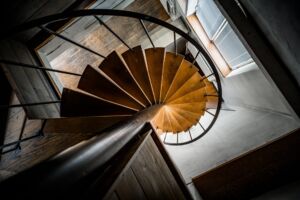
‘By organising exhibitions there with Culture on Campus, for example, but it is also very suitable for educational activities and citizen science. Think tanks of the Radboud Honours Academy, for instance.’ He also sees potential for artists working with the university to temporarily reside in the building.
Several university departments have already shown interest in the Latin School. Radboud Reflects might want to organise lectures there and the Donders Institute might want to use the Latin School for its City Lab, which currently also has a location in muZIEum.
Stevens: ‘The starting point is to open the doors of the building to the city. We want to encourage meetings and ensure cross-pollination. Otherwise, you might as well stay on campus.’
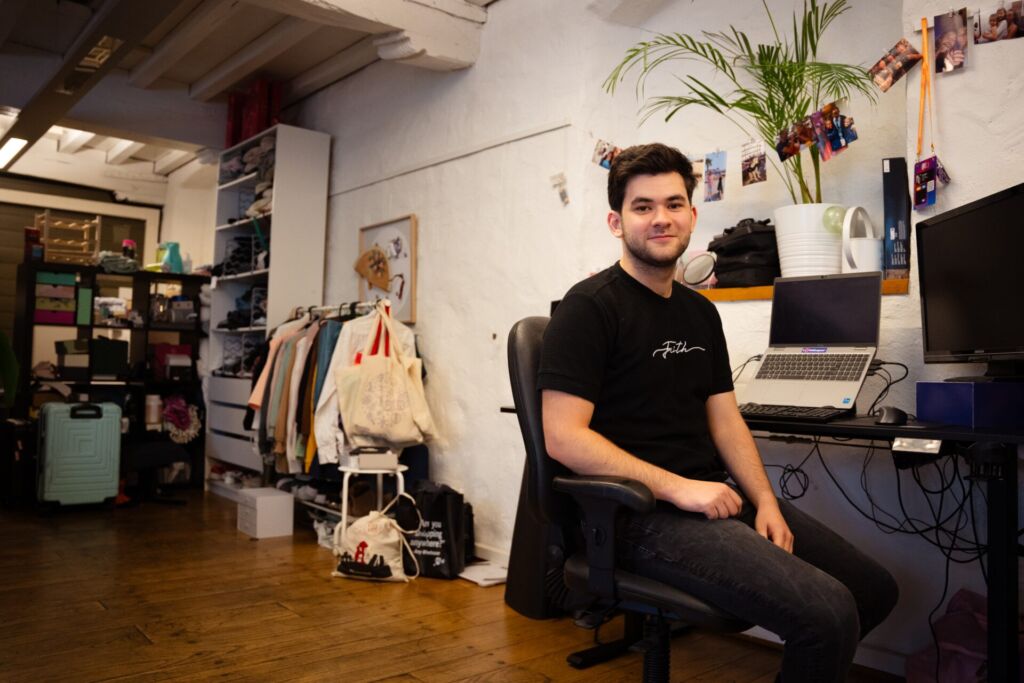
Not many people can say they live in a 16th-century building from the. Pim Hendriks, biology student at Radboud University, is one of the lucky few. He has been living anti-squat in the Latin School for almost a year now.
On the first floor, he shares a huge room with his girlfriend. On their door is a note, signifying that handymen still occasionally enter the building: ‘People live here!’
Hendriks and his girlfriend have set up a kitchenette in the corner of their living space with an electric cooker. They do not have a gas connection. ‘Nor do we have hot water. Fortunately, a temporary shower with a small boiler has been installed in the attic, so we don’t have to take cold showers.’
Through the small windows, they look out against the brick façade of the St. Stevenskerk. ‘At first, it was kind of special to live in such a historic building, but that goes away pretty quickly,’ he says soberly. ‘Now it’s just my home.’
Hendriks and his girlfriend don’t know yet where they will end up when the university moves into the building. They respond to plenty of online ads, but it is a difficult search in an overstrained housing market. Their ‘landlord’, the vacancy manager who rents out the Latin School on behalf of the municipality, is also looking for the couple. ‘But so far we haven’t found anything, unfortunately.’
Translated by Stella Kuipers

